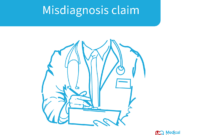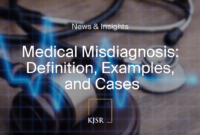A Complete Guide to Filing a Medical Misdiagnosis Claim: Navigating the complex legal landscape of medical errors can be daunting. This guide unravels the intricacies of proving medical misdiagnosis, detailing the steps involved in building a strong case, from gathering irrefutable evidence to understanding the nuances of damages and statutes of limitations. We’ll explore real-world case studies, offering valuable insights into successful and unsuccessful claims, highlighting the critical role of legal expertise and meticulous documentation.
We’ll cover everything from defining medical misdiagnosis and identifying common types of errors to understanding the crucial role of expert witnesses and the various types of damages you might be entitled to. We’ll also guide you through the process of choosing a lawyer, navigating deadlines, and exploring settlement options versus going to trial. This comprehensive resource empowers you with the knowledge to navigate this challenging process effectively.
Proving Medical Misdiagnosis
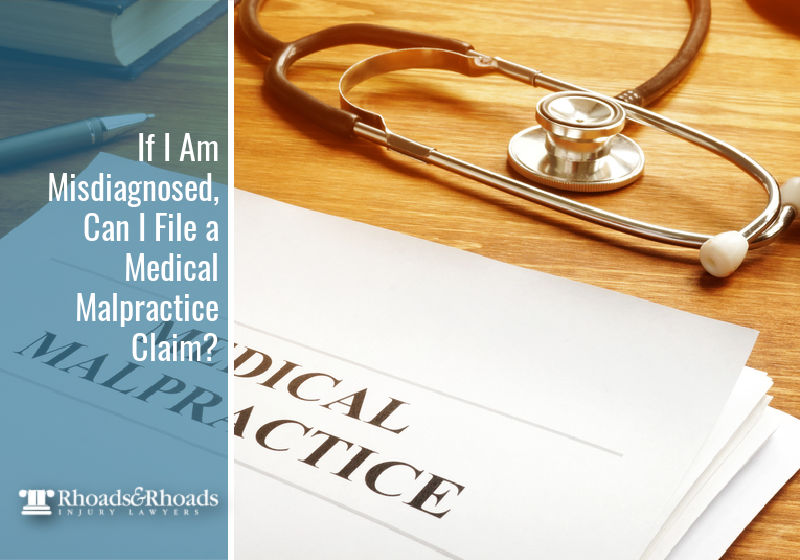
Proving a medical misdiagnosis requires a meticulous approach, demonstrating not only that an incorrect diagnosis was made but also that this misdiagnosis directly caused harm. This involves gathering substantial evidence and presenting a compelling case that satisfies the legal requirements for medical malpractice.
Medical Records as Evidence
Medical records are the cornerstone of any medical misdiagnosis claim. They provide a chronological account of the patient’s medical journey, including initial symptoms, examinations conducted, tests performed (and their results), diagnoses made, treatments administered, and the patient’s response to treatment. Inconsistencies, omissions, or delayed actions documented in these records can significantly support a claim. For instance, a delay in ordering crucial diagnostic tests, misinterpretation of test results, or failure to consider alternative diagnoses are all potential indicators of negligence that can be highlighted through careful analysis of the medical records. It’s crucial to obtain complete and accurate copies of all relevant records from all treating physicians and healthcare facilities.
Establishing Causation
Establishing causation links the misdiagnosis to the resulting harm suffered by the patient. This requires demonstrating that the incorrect diagnosis directly led to a delay or denial of appropriate treatment, resulting in worsened medical condition, increased suffering, or other damages. Expert medical testimony is typically essential to establish this link. For example, an expert might testify that a timely and accurate diagnosis of cancer would have resulted in early intervention, significantly improving the patient’s prognosis. Conversely, the delay caused by the misdiagnosis led to the cancer progressing to a more advanced and less treatable stage. The burden of proof rests on the plaintiff to demonstrate this causal relationship with a reasonable degree of medical certainty.
The Role of Expert Witnesses
Expert witnesses are crucial in medical misdiagnosis cases. These are qualified medical professionals who can review the medical records, analyze the treatment provided, and offer opinions on whether the diagnosis and treatment deviated from the accepted standard of care. Their testimony provides the necessary medical expertise to explain complex medical issues to the court and establish the elements of negligence and causation. Choosing the right expert is vital; their qualifications, experience, and reputation will influence the weight given to their testimony. The expert’s testimony will often directly compare the actions of the defendant to established medical guidelines and best practices.
Types of Evidence in Misdiagnosis Cases
The following table summarizes different types of evidence used in misdiagnosis cases:
| Type of Evidence | Description | Example | Relevance to Misdiagnosis |
|---|---|---|---|
| Medical Records | Documentation of patient’s medical history, diagnoses, treatments, and test results. | Lab reports showing abnormal results missed by the physician; notes indicating a delay in ordering crucial tests. | Demonstrates negligence, inconsistencies in care, and potential for misdiagnosis. |
| Expert Testimony | Opinions of medical professionals on the standard of care and whether it was breached. | An oncologist testifying that a delay in diagnosing cancer led to a worse prognosis. | Establishes negligence and causation; provides medical context for the court. |
| Depositions | Sworn testimony given under oath outside of court. | Testimony from the treating physician explaining their reasoning and actions. | Gathers information, clarifies discrepancies, and allows for cross-examination. |
| Personal Testimony | Patient’s account of their experience, symptoms, and the impact of the misdiagnosis. | Patient describing the pain and suffering experienced due to delayed treatment. | Provides a personal perspective on the impact of the misdiagnosis and supports the claim of damages. |
Damages in Medical Misdiagnosis Cases
Successfully proving medical misdiagnosis is only half the battle. Securing compensation for the harm suffered is the ultimate goal. This section details the types of damages recoverable in a medical misdiagnosis lawsuit, providing guidance on calculating and documenting these claims to maximize your chances of a successful outcome.
Economic Damages
Economic damages represent quantifiable financial losses directly resulting from the misdiagnosis. These are relatively straightforward to calculate and document, as they often involve concrete evidence such as bills and pay stubs. Key components include medical expenses, lost wages, and other quantifiable financial losses.
Medical Expenses: This encompasses all costs associated with treatment stemming from the misdiagnosis, including doctor visits, hospital stays, surgeries, medications, physical therapy, and any other related healthcare services. Detailed bills and receipts are crucial evidence. For instance, if a delayed cancer diagnosis led to more extensive and costly treatment, all associated bills should be meticulously documented and presented as evidence.
Lost Wages: If the misdiagnosis prevented you from working, either temporarily or permanently, you can claim lost wages. Pay stubs, tax returns, and employment contracts can substantiate these claims. For example, a construction worker who lost six months of work due to a misdiagnosed back injury can present pay stubs to prove lost income. Furthermore, if the misdiagnosis led to a permanent disability affecting future earning capacity, evidence of this diminished earning potential, such as expert testimony from a vocational rehabilitation specialist, will be needed.
Other Economic Damages: This category can include costs associated with necessary home modifications (e.g., wheelchair ramps), transportation to medical appointments, and costs for in-home care. Receipts, invoices, and detailed explanations are necessary to substantiate these claims.
Non-Economic Damages
Non-economic damages are more challenging to quantify as they deal with intangible losses like pain, suffering, and emotional distress. While harder to prove, they are a significant component of many medical malpractice settlements. These are often determined by the severity and duration of the suffering experienced.
Pain and Suffering: This encompasses physical pain, discomfort, and emotional distress caused by the misdiagnosis and subsequent treatment delays or inadequate treatment. Detailed accounts of the pain experienced, supported by medical records noting the severity and duration of symptoms, are essential. For example, a patient experiencing chronic pain due to a delayed cancer diagnosis can describe the intensity and frequency of pain in a sworn statement, supported by medical records detailing the diagnosis and treatment.
Emotional Distress: This includes anxiety, depression, fear, and other psychological impacts resulting from the misdiagnosis. Therapy records, psychological evaluations, and personal accounts can support these claims. A patient who suffered from severe anxiety and depression due to a misdiagnosis could provide documentation from a therapist detailing their treatment and diagnosis.
Loss of Consortium: If the misdiagnosis impacted your relationship with your spouse or partner, this loss can be compensated. This involves a decrease in companionship, intimacy, and emotional support. Affidavits from the spouse or partner detailing the impact of the misdiagnosis on the relationship can be included.
Documentation and Support for Damage Claims, A Complete Guide to Filing a Medical Misdiagnosis Claim
Thorough documentation is critical for all damage claims. Maintain detailed records of all medical bills, lost wages, therapy sessions, and any other expenses incurred as a result of the misdiagnosis. Personal journals documenting the impact on your daily life, and supporting statements from family, friends, or colleagues, can provide additional context and support your claims. Expert witness testimony from medical professionals and economists can further strengthen your case by providing objective assessments of your damages.
Potential Damages: A Summary
The following table summarizes potential damages, categorized as economic or non-economic:
| Type of Damage | Category | Examples |
|---|---|---|
| Medical Bills | Economic | Doctor visits, hospital stays, medications, physical therapy |
| Lost Wages | Economic | Salary, bonuses, benefits |
| Home Modifications | Economic | Wheelchair ramps, bathroom adaptations |
| Transportation Costs | Economic | Travel to medical appointments |
| Pain and Suffering | Non-Economic | Physical pain, emotional distress |
| Emotional Distress | Non-Economic | Anxiety, depression, PTSD |
| Loss of Consortium | Non-Economic | Impact on marital/partner relationship |
Statute of Limitations and Legal Resources
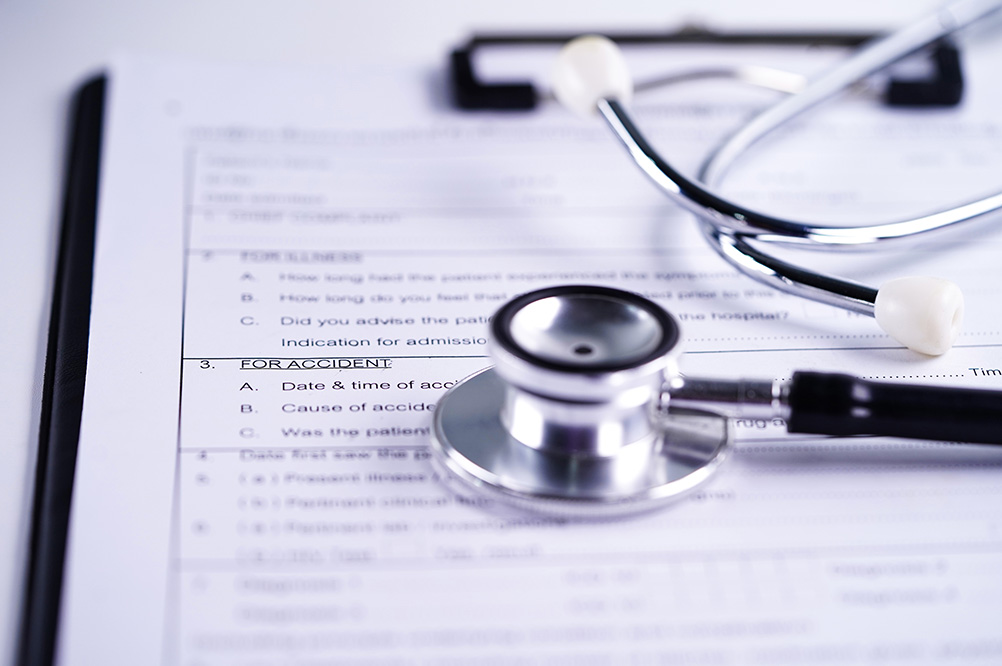
Navigating the legal landscape of medical misdiagnosis claims requires a thorough understanding of statutes of limitations and the availability of legal resources. These statutes dictate the timeframe within which a lawsuit can be filed, and variations exist significantly across different states. Accessing appropriate legal aid and understanding relevant precedents are crucial for a successful claim.
Statutes of limitations for medical malpractice claims vary considerably by state. These laws typically establish a deadline, often measured from the date of the alleged misdiagnosis or the date the injury was, or should have been, discovered. Some states utilize a “discovery rule,” extending the limitation period until the plaintiff discovers, or reasonably should have discovered, the injury caused by the misdiagnosis. Other states may have shorter statutes of limitations, potentially as short as one year from the date of the misdiagnosis, while others may allow for longer periods, sometimes up to several years. For example, New York’s statute of limitations for medical malpractice is generally 2.5 years from the date of the alleged malpractice, whereas California’s statute of limitations is generally one year from the date of discovery, but no more than three years from the date of the alleged malpractice. It is critical to consult the specific statute of limitations in the relevant state where the misdiagnosis occurred.
State-Specific Statutes of Limitations
Understanding the specific statute of limitations for your state is paramount. This involves researching the relevant state’s statutes and case law. State government websites typically house these legal codes online, often organized by subject matter. For example, one can usually find the relevant statutes within the state’s health and human services or legal codes sections. Thorough review is essential to determine the exact timeframe applicable to your case, including any exceptions or extensions that might apply. Consulting with a legal professional familiar with medical malpractice law in your jurisdiction is highly recommended to ensure you understand and meet the relevant deadlines.
Relevant Legal Resources and Organizations
Several organizations and resources can assist individuals filing medical malpractice claims. These include state bar associations, which often maintain referral services to connect individuals with qualified medical malpractice attorneys. Legal aid societies and non-profit organizations provide legal assistance to individuals who meet specific income requirements. The American Medical Association (AMA) website, while not directly offering legal assistance, provides information on medical ethics and standards of care, which can be relevant to building a case. Furthermore, many online legal databases, such as Westlaw and LexisNexis (subscription required), contain extensive collections of case law and legal materials. These resources, while often requiring fees, offer in-depth research capabilities.
Researching and Understanding Relevant Statutes
Researching the relevant statutes involves accessing your state’s official legal code, typically found on the state legislature’s website or through a legal research database. Understanding the statute requires careful reading and interpretation. Pay close attention to the specific language used, including definitions of key terms and any exceptions or limitations Artikeld in the statute. For instance, understanding the difference between “discovery” and “occurrence” rules in relation to the statute of limitations is crucial. The “occurrence rule” typically measures the time from the date of the negligent act, whereas the “discovery rule” measures from the date the injury was, or should have been, discovered. The distinction can significantly impact the filing deadline.
Locating and Interpreting Legal Precedents
Legal precedents, also known as case law, provide guidance on how courts have interpreted and applied relevant statutes in similar cases. These precedents can be found using legal research databases like Westlaw or LexisNexis. Locating relevant precedents involves using appropriate s, such as “medical misdiagnosis,” “negligence,” and the specific medical condition involved. Interpreting precedents requires understanding the facts of the prior cases and the reasoning used by the courts in their decisions. This helps to anticipate potential arguments and defenses in your own case and build a stronger legal strategy. A legal professional’s expertise is invaluable in this process, ensuring that all relevant precedents are considered and accurately interpreted.
Illustrative Case Studies
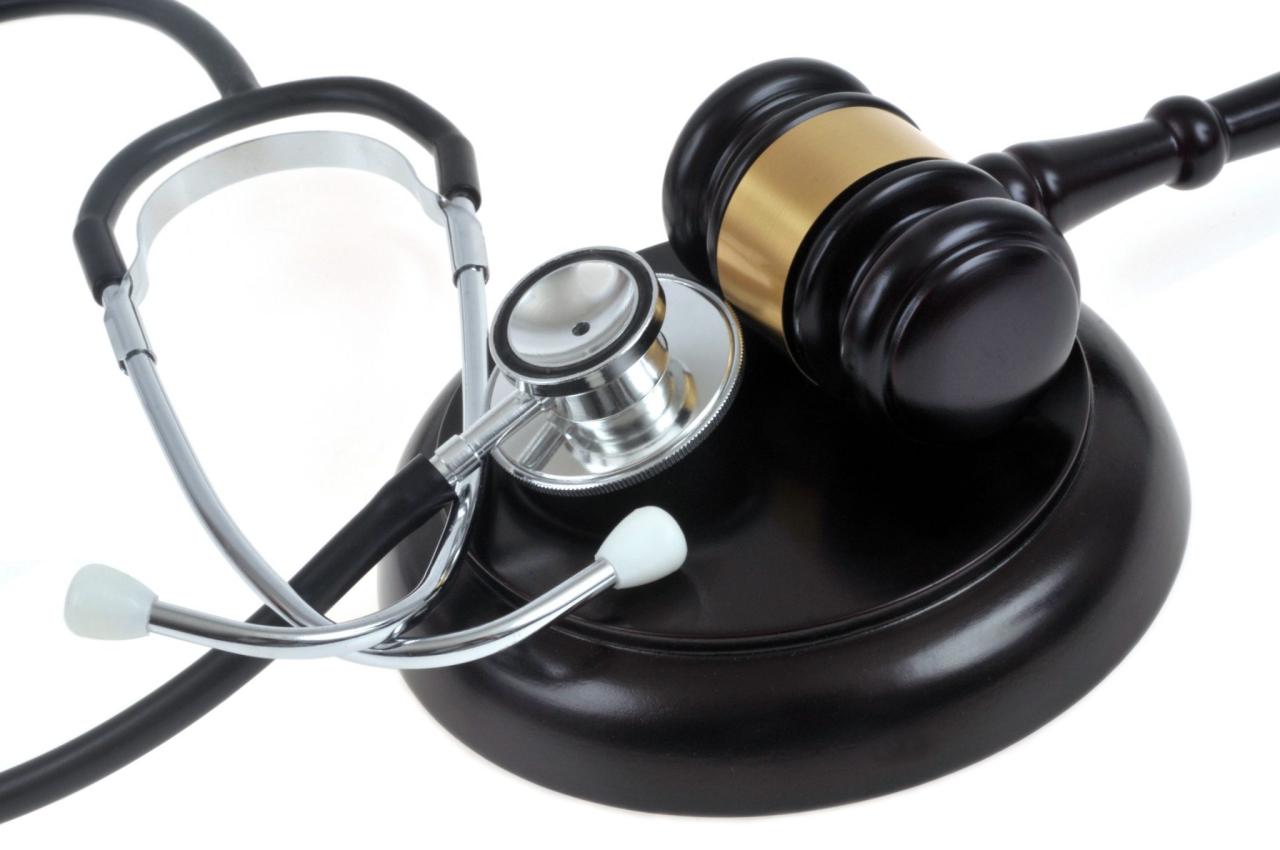
Understanding the complexities of medical misdiagnosis claims is best achieved through examining real-world examples. These case studies illustrate successful and unsuccessful claims, highlighting the crucial factors that determine the outcome.
Successful Medical Misdiagnosis Claim: The Case of Mrs. Eleanor Vance
Mrs. Eleanor Vance, a 60-year-old woman, experienced persistent chest pain and shortness of breath. Her initial physician, Dr. Miller, diagnosed her with acid reflux and prescribed antacids. However, her symptoms worsened over several months. A second opinion from Dr. Ramirez, a cardiologist, revealed a significant blockage in her coronary artery, a condition that had been missed in the initial diagnosis. Mrs. Vance underwent immediate angioplasty, preventing a potentially fatal heart attack. She subsequently filed a medical malpractice claim against Dr. Miller, arguing that his misdiagnosis directly resulted in a delay of critical treatment and exacerbated her condition. Key evidence included Dr. Ramirez’s expert testimony confirming the misdiagnosis, Mrs. Vance’s medical records documenting the progression of her symptoms, and expert testimony establishing the causal link between the delayed treatment and the resulting complications. The strong evidence presented, coupled with competent legal representation, resulted in a favorable settlement for Mrs. Vance.
Unsuccessful Medical Misdiagnosis Claim: The Case of Mr. David Chen
Mr. David Chen, a 45-year-old man, presented with symptoms consistent with appendicitis. His physician, Dr. Lee, initially diagnosed him with gastroenteritis and prescribed rest and fluids. Mr. Chen’s condition worsened, and he was later admitted to the hospital with a ruptured appendix, requiring emergency surgery. He subsequently filed a medical malpractice claim against Dr. Lee. However, the claim was unsuccessful. The court found that while Dr. Lee’s initial diagnosis was incorrect, the evidence presented failed to demonstrate a clear causal link between the misdiagnosis and the subsequent complications. Expert witnesses for the defense argued that even with an immediate correct diagnosis, the risk of a ruptured appendix remained significant. Furthermore, Mr. Chen’s medical records lacked sufficient documentation to convincingly support his claim. The absence of strong, compelling evidence and effective legal representation contributed significantly to the unfavorable outcome.
Comparative Analysis of Case Studies
The contrasting outcomes in the cases of Mrs. Vance and Mr. Chen highlight the critical role of evidence and legal representation in medical misdiagnosis claims. Mrs. Vance’s success stemmed from a clear demonstration of a causal link between the misdiagnosis and her subsequent harm, supported by compelling medical records and expert testimony. Conversely, Mr. Chen’s claim failed due to insufficient evidence to establish a direct causal relationship and a lack of strong legal representation to effectively present the available evidence. The difference underscores the need for thorough documentation, expert medical opinions, and skilled legal counsel to navigate the complexities of medical malpractice litigation.
Importance of Strong Evidence and Legal Representation
Strong evidence is paramount in medical misdiagnosis cases. This includes detailed medical records, expert testimony from qualified medical professionals who can attest to the misdiagnosis and its consequences, and any documentation showing the resulting damages. Without such evidence, it is extremely difficult to establish negligence and prove a causal link between the misdiagnosis and the harm suffered. Simultaneously, effective legal representation is crucial. A skilled attorney can navigate the legal complexities, gather and present evidence effectively, and negotiate a favorable settlement or pursue litigation if necessary. They can also help determine the viability of a claim early on, preventing wasted resources and emotional distress.
Successfully navigating a medical misdiagnosis claim requires a thorough understanding of legal procedures, meticulous documentation, and strong legal representation. This guide has equipped you with the essential knowledge to understand the process, gather evidence, and build a compelling case. Remember, seeking expert legal counsel is crucial; they can provide personalized guidance based on your specific circumstances and ensure your rights are protected. While the path may be challenging, understanding the process empowers you to pursue justice and seek appropriate compensation for your suffering.
Expert Answers: A Complete Guide To Filing A Medical Misdiagnosis Claim
What if I don’t have all my medical records?
Your lawyer can assist in obtaining missing records through subpoenas or other legal means. It’s crucial to start gathering what you have as soon as possible.
How long does a medical misdiagnosis case typically take?
The timeline varies significantly depending on the complexity of the case, evidence gathering, and whether it settles or goes to trial. It can range from several months to several years.
Can I file a claim if I settled with the doctor previously for a related issue?
This depends on the specifics of the prior settlement. It’s essential to discuss this with your attorney to determine how it might impact your current claim.
What if I can’t afford a lawyer?
Many lawyers offer free consultations and work on a contingency fee basis, meaning they only get paid if you win the case. Legal aid organizations can also provide assistance.

